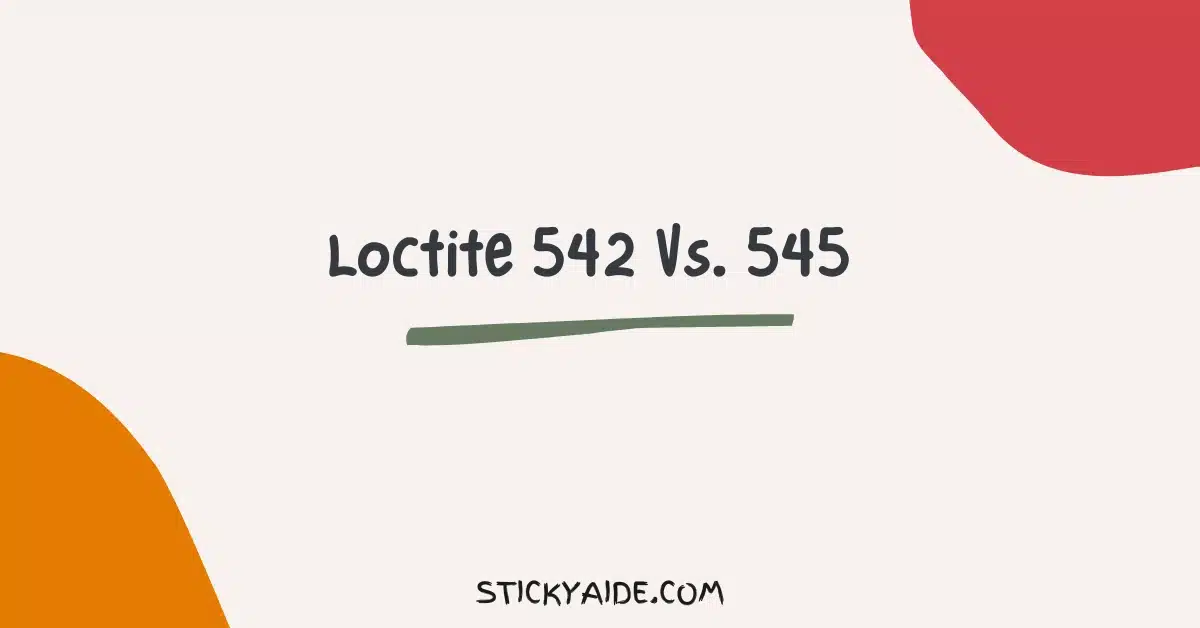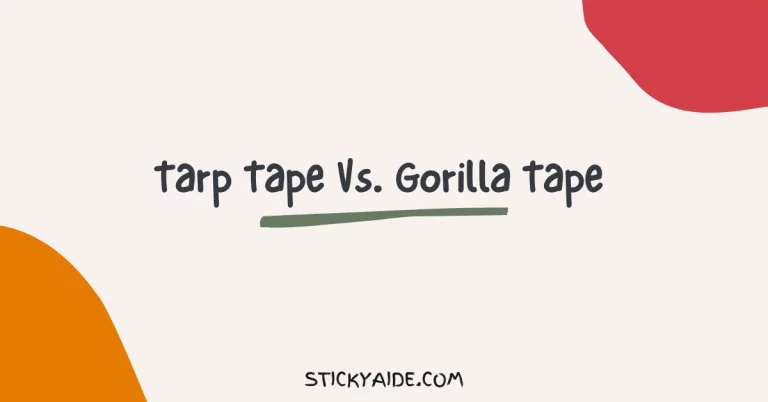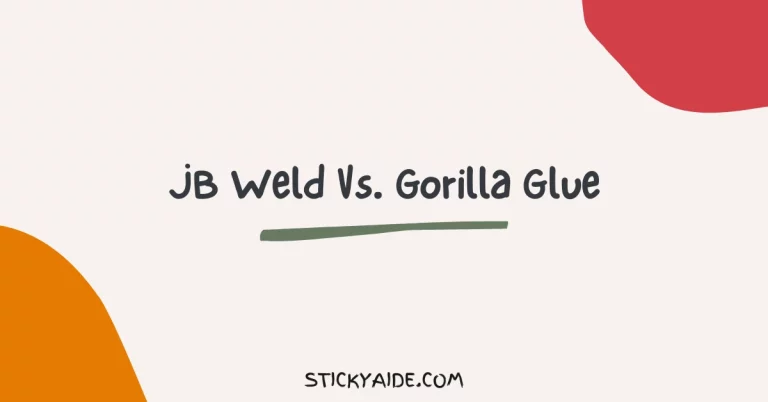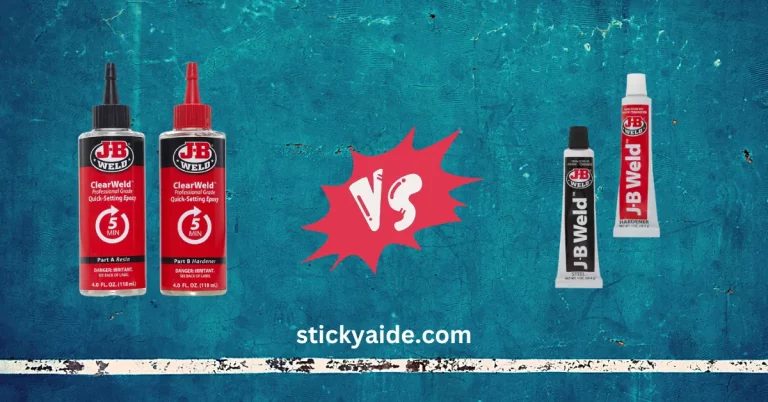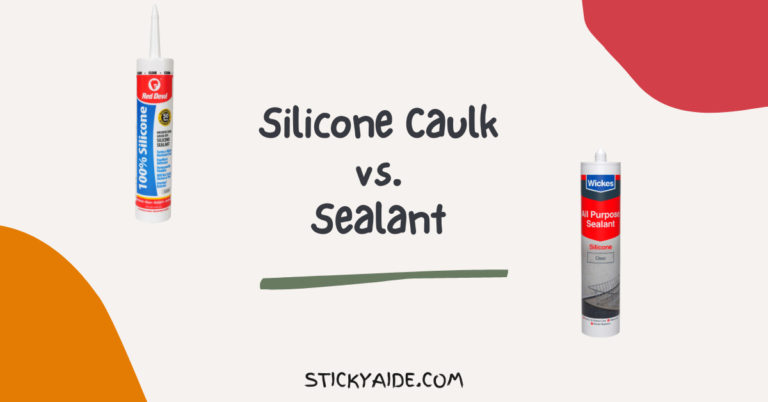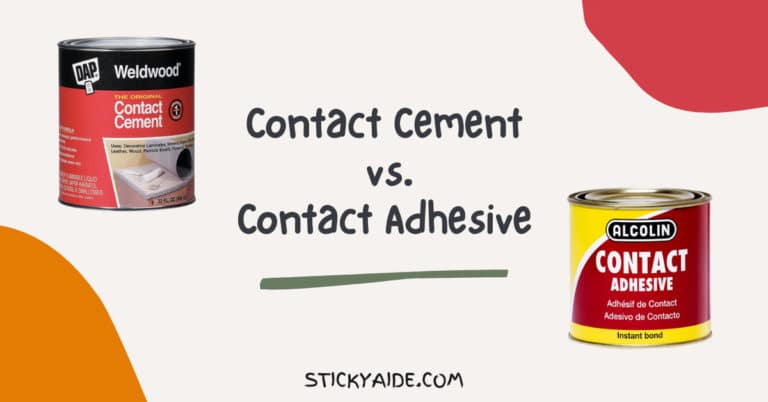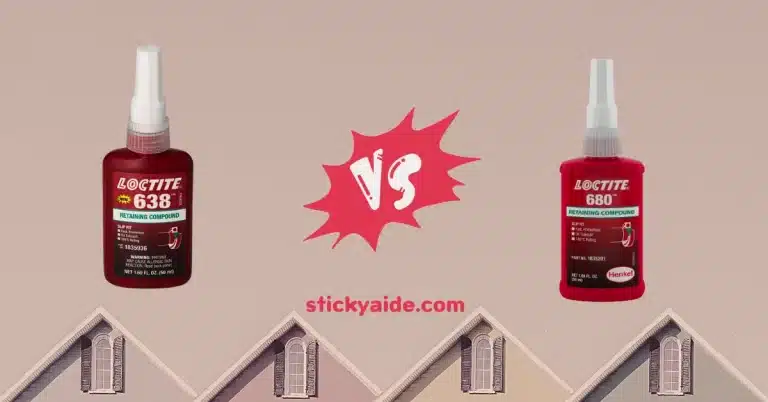When it comes to thread sealants for your metal pipes and fittings, you may have come across Loctite 542 and 545.
Loctite 542 and 545 are both excellent thread sealants for metal pipes and fittings. Loctite 542 is thicker, stronger, and more versatile. Loctite 545 is more lubricious, has faster curing, and is more suitable for small fittings than Loctite 542.
In this article, I will compare Loctite 542 vs. 545 in terms of their features, benefits, applications, and drawbacks.
Read More: Loctite 242 vs. 243
Loctite 542 Vs. 545
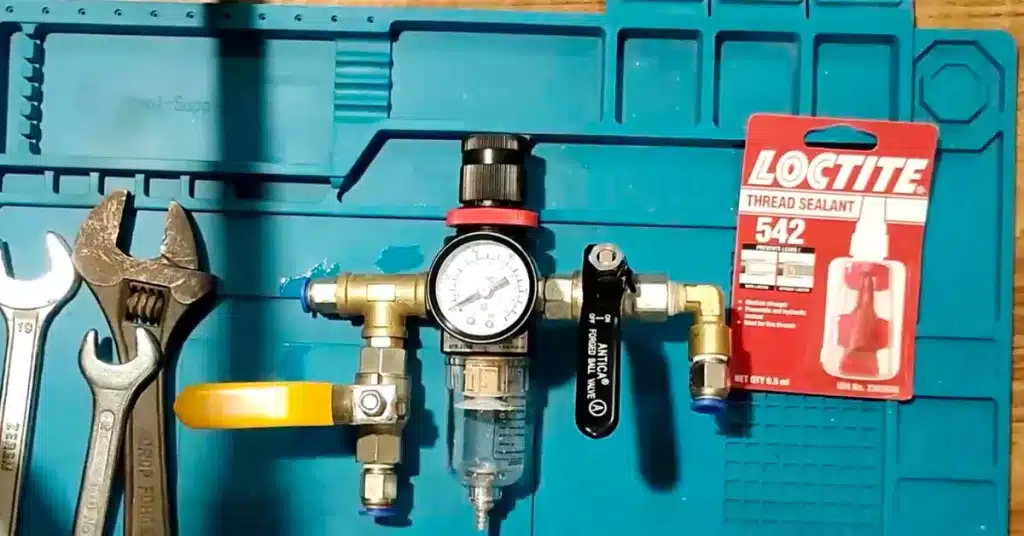
Overview of Loctite 542
Loctite 542 is a medium-strength thread sealant that locks and seals metal pipes and fittings. It is recommended for fine threads in hydraulic, pneumatic, and general fittings.
It hardens when there is no air between tight-fitting metal parts and stops them from coming loose or leaking because of shock and vibration. Loctite 542 is thick and does not flow or drip after it is applied to the part.
It is an ideal sealant for applications that require flexibility and resistance to vibration, making it a reliable choice for many industries.
Overview of Loctite 545
Loctite 545 is a thread sealant for metal pipes and fittings. It makes them easy to put together and take apart because it is very slippery. It works well for small fittings with fine threads that are used in hydraulic and pneumatic systems.
It can be used for fittings up to 50 mm across. It dries when there is no air between tight-fitting metal parts and stops them from leaking or loosening because of shock and vibration.
It should not be used on plastic threads or oxygen systems. It also does not work on steel that has zinc or galvanized coating.
Read More: Loctite Blue vs. Red
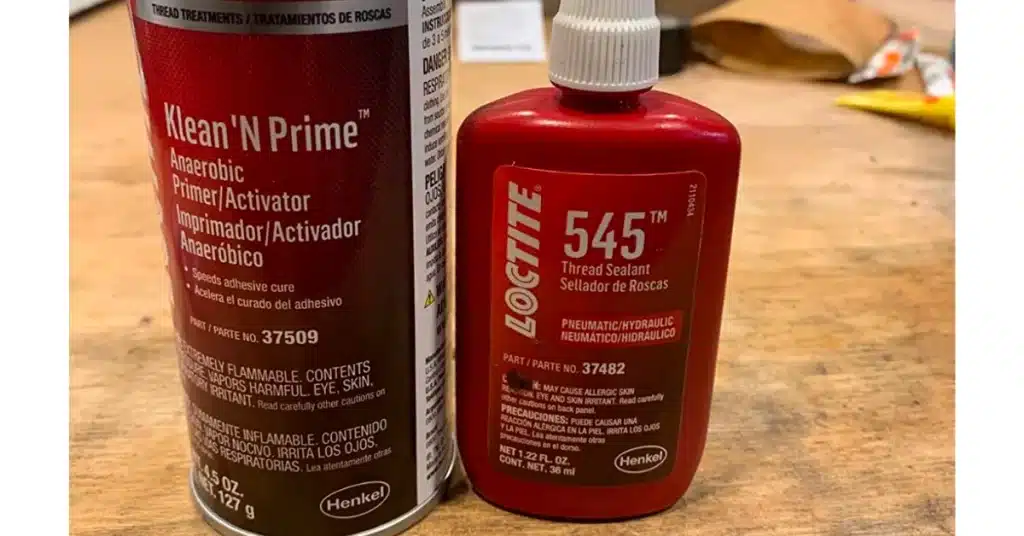
Comparison Between Loctite 542 and Loctite 545
| Feature | Loctite 542 | Loctite 545 |
| Viscosity | High | Medium |
| Strength | Medium | Low |
| Lubricity | Low | High |
| Curing time | 24 hours | 6 hours |
| Application range | Pipes and fittings made of metal, also cylindrical metal assemblies | Metal pipes and fittings with fine threads |
| Maximum fitting size | Not specified | 50 mm |
Which One Should You Choose? Loctite 542 Or 545?
Choosing the right thread sealant for your project can be tricky, especially when you have two similar products like, Loctite 542 and 545. Taking your individual needs and preferences into consideration is vital to making the best decision.
The main difference is that Loctite 542 is thicker, stronger, and more versatile than Loctite 545. It can be used for other cylindrical metal assemblies besides pipes and fittings. It also provides a stronger bond and prevents loosening due to shock and vibration.
Loctite 545, on the other hand, is more lubricious, has faster curing, and is more suitable for small fittings than Loctite 542. It allows easy assembly and removal of parts. It also sets quickly and reduces downtime.
You should choose a thread sealant based on your specific needs and preferences.
Read More: Loctite 5452 Vs. 545
Is Loctite 542 Removable?
Yes, Loctite 542 is removable. It is designed for medium strength and fast curing and is suitable for fine threads in hydraulic, pneumatic and general fittings.
Is Loctite 545 Oil Resistant?
Yes, Loctite 545 is oil resistant. It has excellent resistance to motor oil, unleaded gasoline, brake fluid, ethanol, acetone and water glycol.
Can You Use Loctite 545 On Plastic?
Loctite 545 is a type of glue that dries without air and can make some plastic parts crack under stress. That’s why it is usually not good to use it on plastic parts.
Last Opinion
Loctite 542 is a slow curing sealant that is best suited for small fittings, while 545 is a fast-curing sealant designed for larger fittings.
Both products are designed to fill gaps between threads and provide a tight seal that will last for the life of the pipe or fitting.
No matter the size of your fittings, Loctite can give you a thread sealant that will seal them well. Here, I compared Loctite 542 vs. 545, to ease your job of finding the perfect thread sealant for metal pipes and fittings.

